Arguably the wildest consequence of the recent pandemic is the remarkable price boom in the U.S. housing market—which, some might remember, went spectacularly bust in the 2008-9 Great Recession collapse. Today, half of all houses put on the market are purchased in less than a week, often for more than the asking price. One recent poll found that most buyers admitted to bidding on homes they’d never seen in person. Home prices are at record highs; inventories are at record lows. More than half of homes on the market have been selling above the asking price—which is so far above the previous record that the statistic is simply offered in isolation. The average home price, as measured by the S&P CoreLogic Case-Shiller 20-city index, rose 13.3% in a single month, following a 12% jump the previous month.








